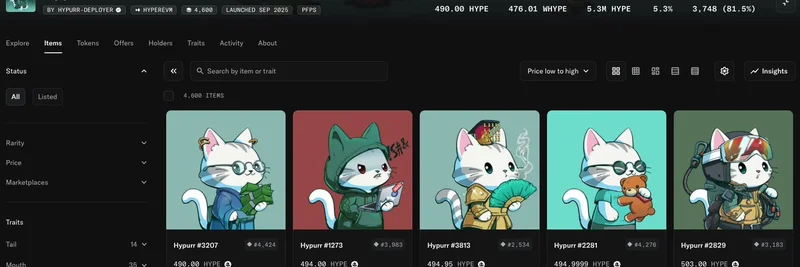Hey there, crypto enthusiasts! If you’ve ever wondered why your small Ethereum trades might not be as safe as you think, the recent presentation at EthCC[8] by EigenPhi has some eye-opening insights. Titled "No Trade is Too Small to Be Sandwiched," the talk, shared by Shutter Network, dives into the sneaky world of sandwich attacks and why encrypting the mempool could be a game-changer. Let’s break it down!
What Are Sandwich Attacks?
Imagine you’re making a trade on a decentralized finance (DeFi) platform, and just as your transaction goes through, someone swoops in to manipulate the price—buying before you and selling after you, sandwiching your trade for their profit. That’s a sandwich attack in a nutshell! These attacks are a type of Maximal Extractable Value (MEV) exploit where bad actors use bots to front-run and back-run your trades, often leaving you with a worse deal.
The presentation humorously highlighted this with a cartoon character and the phrase, "My small amount swaps are safe from sandwich MEVs," only to debunk it with real examples. Even tiny trades aren’t immune, and that’s a wake-up call for anyone in the Ethereum ecosystem.
The EthCC[8] Revelation
Held on July 4, 2025, EthCC[8] brought together blockchain innovators, and this session was a standout. The slide deck showed how sandwich attacks work in practice, with diagrams of transactions being manipulated in real-time. The speaker emphasized that without protection, no one is safe—not even those making small swaps.
Shutter Network, known for pushing mempool encryption, used this platform to advocate for a solution. By encrypting the mempool (the waiting area for unconfirmed transactions), they argue we can prevent these attacks and make Ethereum a fairer place for all traders. It’s a bold move, and the community is buzzing about it!
Why Encrypt the Mempool?
So, why is encrypting the mempool such a big deal? Right now, the mempool is like an open book—anyone can see pending transactions and exploit them. Encrypting it would hide these details until they’re safely processed, cutting off the opportunity for sandwich attacks. This could be a huge step toward MEV protection, ensuring that even the smallest traders aren’t unfairly targeted.
Shutter Network’s campaign, complete with catchy slogans like "End Sandwich Attacks" (seen on tees at the event), is gaining traction. It’s all about making Ethereum’s DeFi space safer and more accessible, which aligns perfectly with the goals of meme token enthusiasts and blockchain practitioners alike.
What This Means for Meme Tokens
If you’re into meme tokens, this topic hits close to home. Many meme token trades happen on Ethereum, and sandwich attacks can drain value from these volatile assets. By supporting mempool encryption, projects and traders can protect their investments and foster a healthier market. At Meme Insider, we’re keeping a close eye on how this tech evolves and how it might impact your favorite tokens!
Takeaway
The "No Trade Too Small to Be Sandwiched" presentation at EthCC[8] is a reminder that blockchain security is an ongoing battle. Encrypting the mempool could be the shield we need against sandwich attacks, leveling the playing field for everyone. Stay tuned to Meme Insider for more updates on this and other blockchain innovations. What do you think—will mempool encryption change the game? Drop your thoughts in the comments!
![No Trade Too Small to Be Sandwiched: Understanding Sandwich Attacks at EthCC[8]](https://cdn.meme-insider.com/20250704-no-trade-too-small-to-be-sandwiched-understanding-sandwich-attacks-at-ethcc8.webp)



